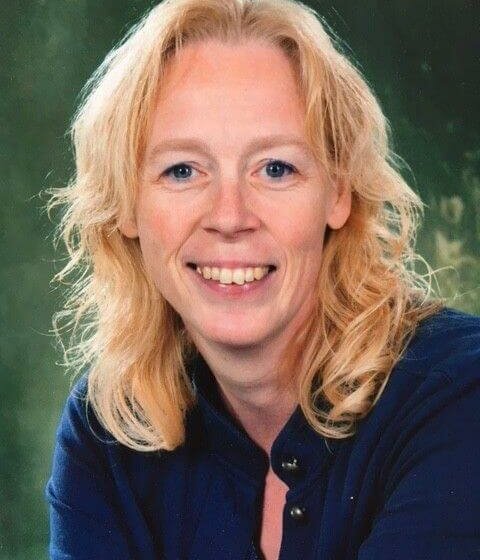“A part of the person comes back home again”

Annelies Sijtsma-Hoezen is one of the volunteers helping the ITS in the search for the rightful owners of personal belongings of concentration camp inmates. She started researching right after the ITS published the photos and names on its online archive in 2015. She’s meanwhile found about thirty families. Not everyone wants to be reminded of the Nazi period and the loss of a loved one. In most cases, however, the return of the items means a lot to the recipients. Annelies Sijtsma-Hoezen explains why she does research for the ITS and how she goes about it.
What motivated you to research family members of previous concentration camp inmates and to help the ITS?
An article was written in the Netherlands about the notebook of Rudy de Wijs. I wasn’t familiar with the archive of ITS Arolsen and realized how many valuable possessions there are in this archive that can also be returned to families. I find it horrible to see how many valuable belongings were taken away from them. Not only valuable in money, but especially the emotional value. Knowing that someone was carrying this, that it was dear to him/her and that even that was taken away.
I have a lot of respect for all the people at ITS Arolsen who have photographed and filed these many, many possessions!
When I saw all those possessions, I became more and more motivated to find families. I think it’s very important that all those wedding rings, watches, photos, letters and wallets go back to the families. It’s part of their family story.
When I saw the photos, the rings, the watches, I visualized the prisoner. When I had contact with the families, I realized how important it is to have these personal belongings back in the family. Sometimes they had never heard anything about their father, brother, uncle since the war, but with the possessions a part of that person came back.
How do you carry out your research?
When I see a name in the ITS Arolsen archive, I search in archives (newspapers on the internet, for example, or index cards on a township’s residents) to find out more about the person, the family/relatives, brothers/sisters… I search on the internet and it’s like doing a puzzle: I try to match up several different details about a person: the township, the profession, the names of the members of his family… Sometimes the surname is illegible or spelled wrong. With the help of the “Stichting vriendenkring Neuengamme,” I find the right names.
Do you remember a special moment when you contacted family members?
One of the first “findings” was the family of Peter Will. It was very special for me to have contact with his sons. The letter in the archive was emotional for the family, because it was a kind of a farewell letter. Peter Will was never able to send it to his wife and sons. And now they were able to hold it in their hands.

